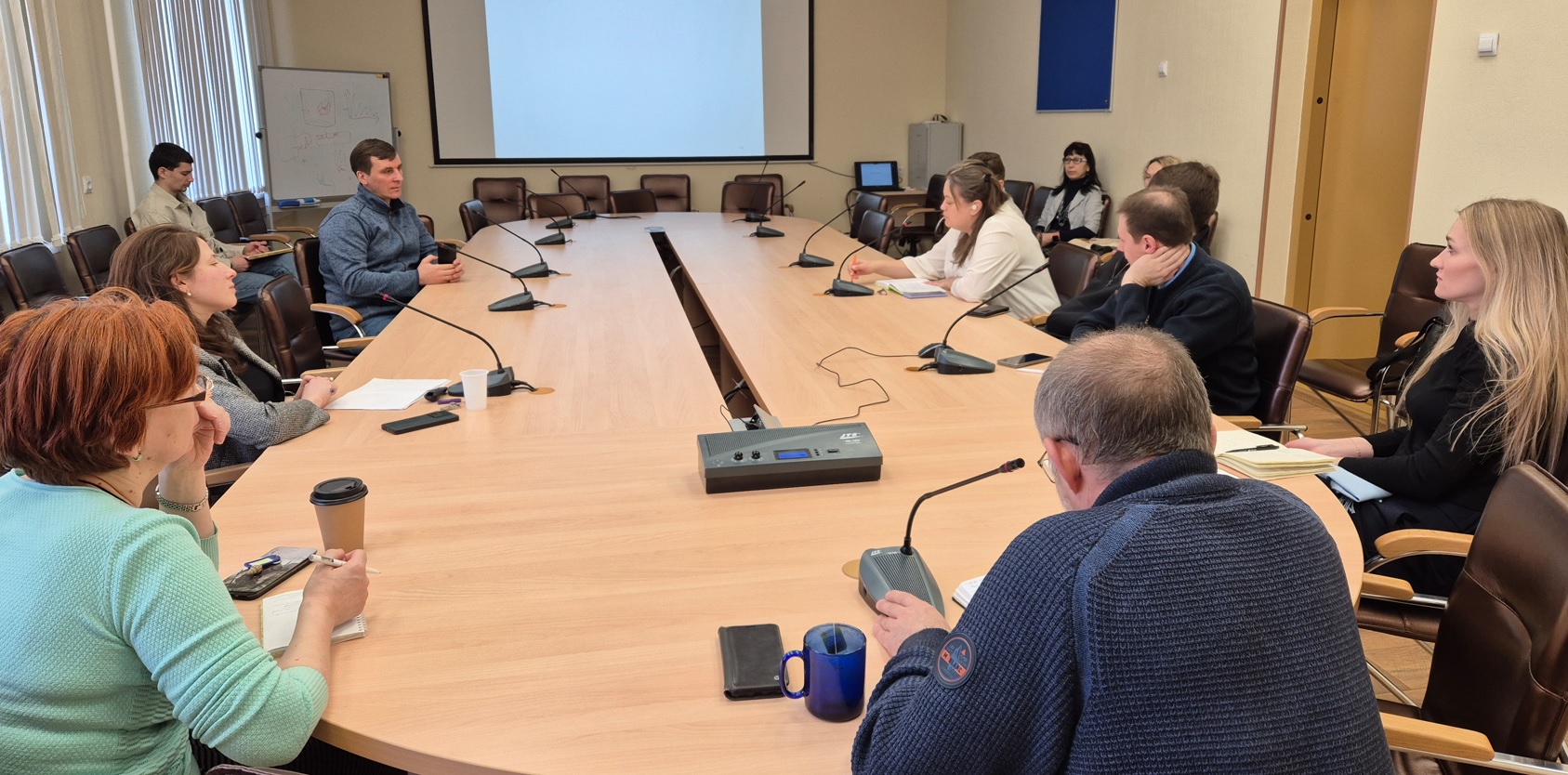Irina Provornaya, PhD (econ.), senior researcher at the Center of Energy Resources and Economics, IPGG SB RAS made a presentation on the current situation and long-term trends (including the rates and proportions) in the development of Russia’s fuel and energy complex and the global oil and gas market.

Irina Provornaya
In particular, it was noted that the world's primary energy consumption falls on oil and gas (more than half) and coal ( more than a quarter). Thus, hydrocarbons continue to be a strategically important feedstock for gas and petrochemical productions for both Russia and the world in general. To this end, it’s imperative to place high emphasis on both fundamental and applied petroleum research (oil and gas exploration and production, refining, and transportation).
A special focus of the presentation was made on associated petroleum gas, which is gas dissolved in oil (solution gas) or held in gas caps of oil and gas condensate fields (if properly harnessed, gas caps can enhance oil recovery considerably).
According to I.V. Provornaya, for small oil and gas fields it would be most appropriate to generate electricity for their own needs and the needs of local consumers. For medium-size fields, processing of associated petroleum gas (APG) with GTL (gas to liquid) plants is the most cost-effective option of APG utilization. For large fields, it is advisable to utilize APG for electricity generation by a large power plant for subsequent wholesale sale to the energy system.
Experts also see great prospects in helium production (about 25% of the world’s helium reserves are concentrated in Russian deposits). As Irina Provornaya noted, the main potential for helium production is concentrated in the East of the country — Krasnoyarsk, Irkutsk, Yakutsk gas production centers. On the whole, about 97% of Russia's helium reserves are localized in Eastern Siberia and the Far East where 35 helium-containing gas fields have been discovered.
According to estimates by IPGG SB RAS specialists, helium from oil and gas fields in Eastern Siberia and the Far East will cover up to 35% of global demand. By the end of the 2020s, helium production in Russia may reach 80 million cubic meters per year and remain at this level until the mid 21st century (“baseline” scenario). Two other proposed scenarios envisaging an increase in helium production and storage capacity in the Far East are: (1) “extended” scenario, according to which Russia will produce about 100 million cubic meters of helium per year by 2030, (2) “optimized” scenario about 120 million cubic meters.

I.V. Provornaya's presentation aroused a great interest among the audience: L.M. Burshtein, RAS corr. member, M.I. Protasov, Dr. Sci. (phys.-math.). I.V. Filimonova Dr. Sci. (econ.), I.A. Gubin, PhD (geol.-mineral.), Ryzhkova PhD (geol.-mineral.) actively participated in its discussion.
Published by IPGG Press Service